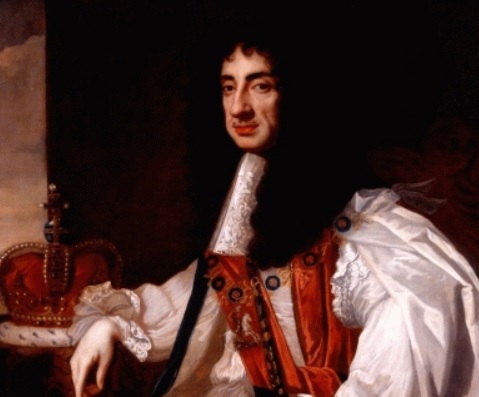
With the death of his mother on Thursday 8 September 2022, King Charles III is now the sovereign of the United Kingdom, as well as fifteen other nations. While it was thought previously that he may take the regnal name of George VII, The King has chosen to keep his given name. Who are the other kings called Charles before him?
King Charles I
King Charles I reigned from 27 March 1625 until 30 January 1649. He was the second son of King James I (VI of Scotland) and Queen Anne of Denmark, and was not originally expected to take the throne. Born on 19 November 1600, Charles was a quiet and sickly child. However, by the time he was three, he had improved somewhat; at age, he was created Duke of York, the traditional title given to the second son of the monarch (if available).
In late 1612 his elder brother, Prince Henry Frederick of Wales, died of what might have been typhoid fever, and Charles became the heir apparent. In 1616, he was made Prince of Wales.
Upon his father’s death in 1625, Charles became King. He was not particularly popular from the outset.
In 1629, Charles prorogued Parliament for the first time after strict scrutiny from MPs, leading to the Personal Rule, an 11 year year period where Parliament did not meet. While he was able to rule without Parliament, only Parliament could raise taxes thus leaving Charles without a way to raise funds.
Though he was forced to call Parliament again, the relationship remained contentious. Throughout the Personal Rule, Charles had sought to restrict Protestant dissenters, further angering much of Parliament.
The English Civil Wars began in 1642, and though the Royalists were able to maintain their side for a period, the Parliamentarians did take control. Charles was captured and executed outside of Banqueting House in Whitehall on 30 January 1649.
King Charles II
King Charles II followed soon after the first, a second Stuart King. Charles II was the eldest surviving son of King Charles I and Queen Henrietta Maria of France. He reigned from 29 May 1660 to 6 February 1685. Known as the Merry Monarch, he was widely loved.
Charles was born on 29 May 1630, and escaped into exile in 1646 with his mother and siblings to avoid being captured.
In 1660 after a general election, a new Parliament offered the crown to Charles. He entered London and was proclaimed king on his 30th birthday.
The Merry Monarch’s reign stood in stark contrast to Oliver Cromwell’s Protectorate. While the interregnum period was dominated by the Puritan Cronwell and his supporters, Charles’ court was a place of theatre, drama, and intrigue. Charles was also incredibly lax with Catholics and failed to enforce many laws restricting Catholics.
Although he had many illegitimate children, Charles did not have any children with his wife, Catherine of Braganza. When he died in 1685 of possible kidney disease, he was succeeded by his younger brother, King James II.

